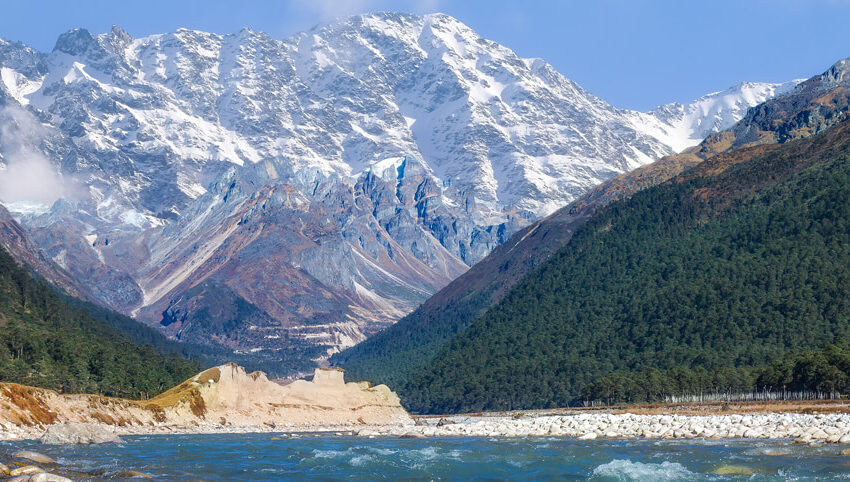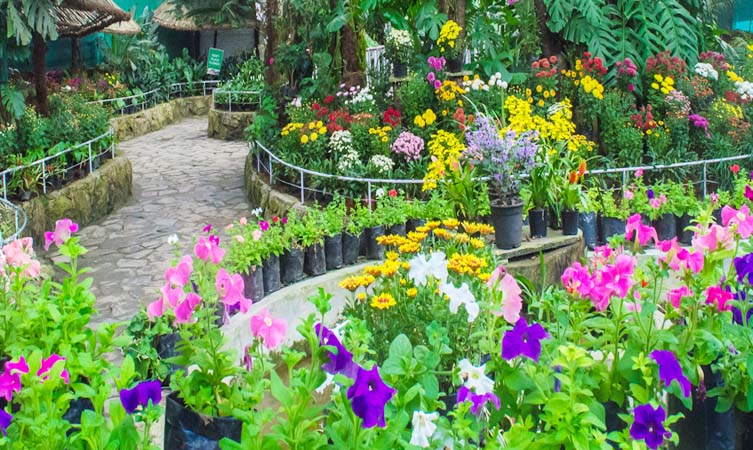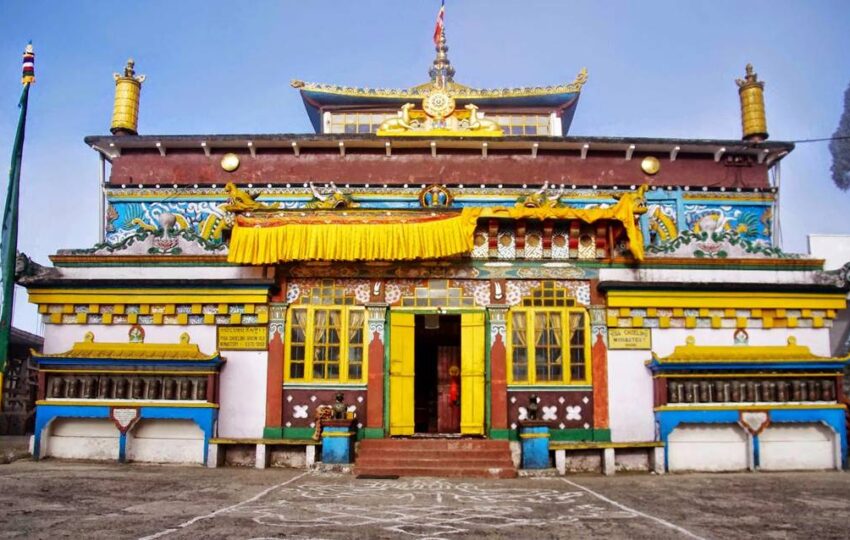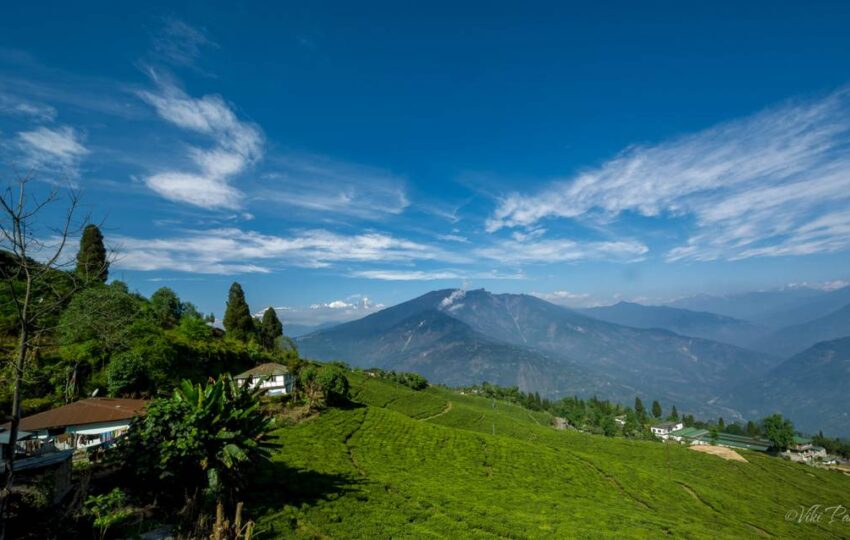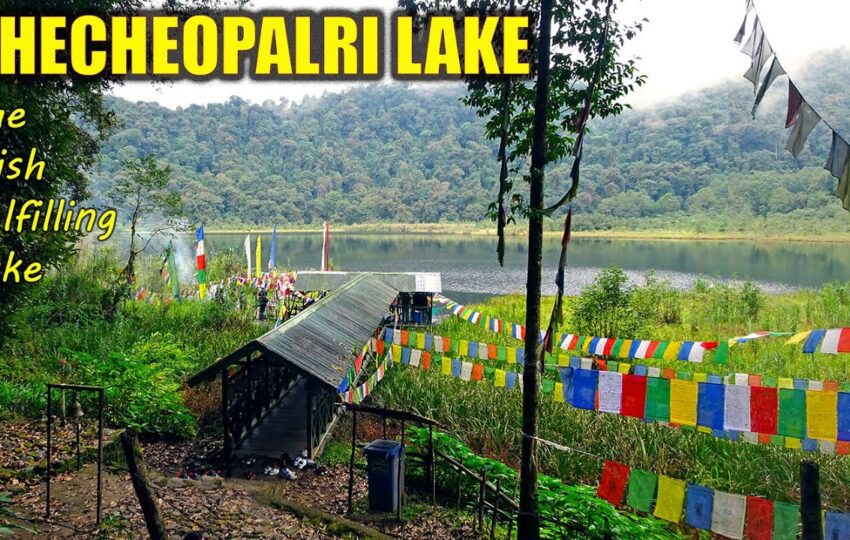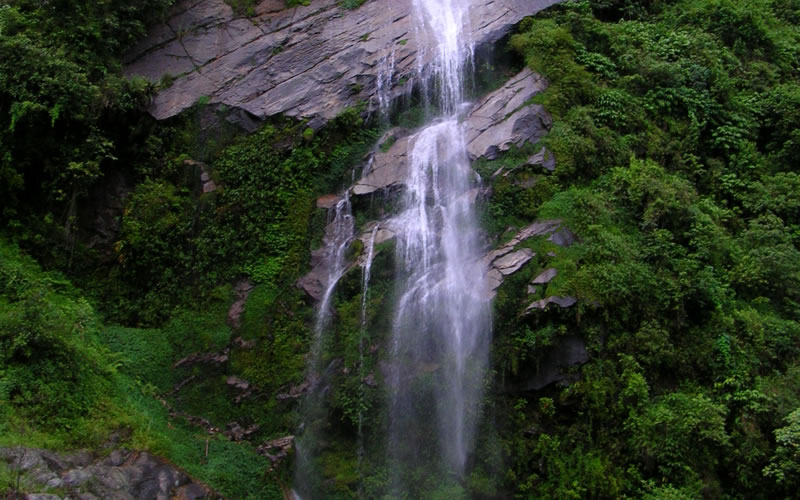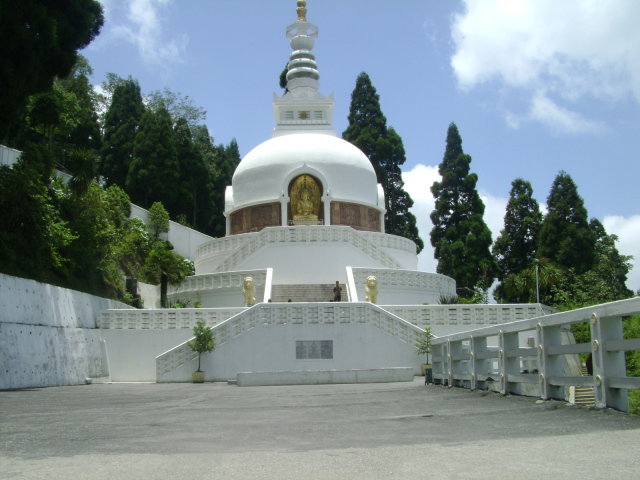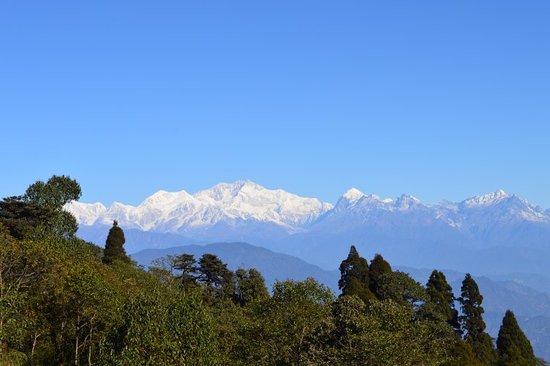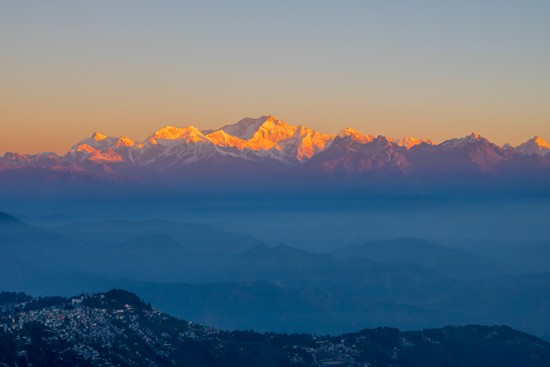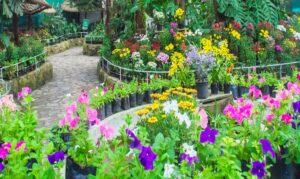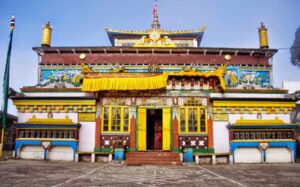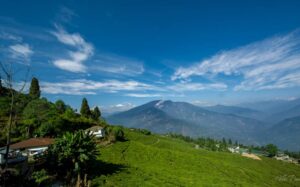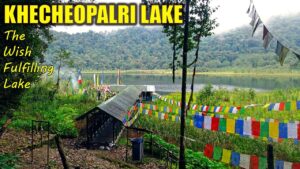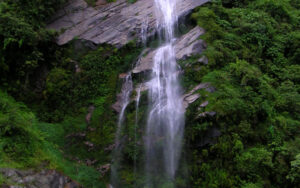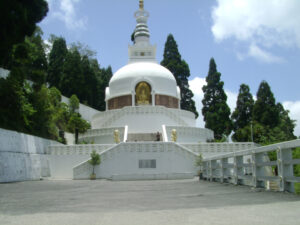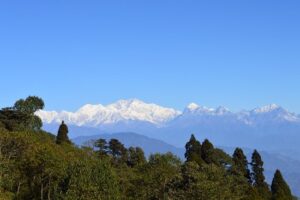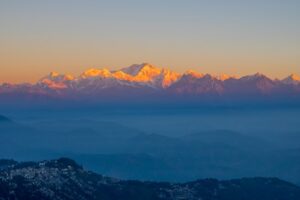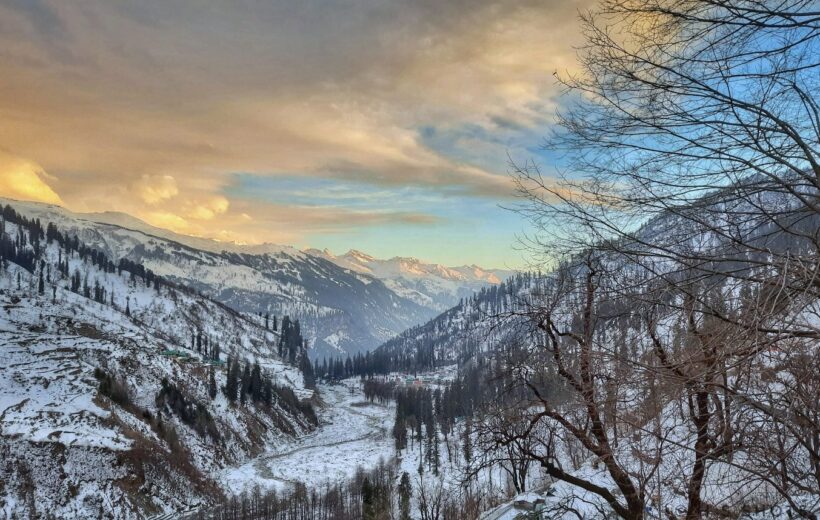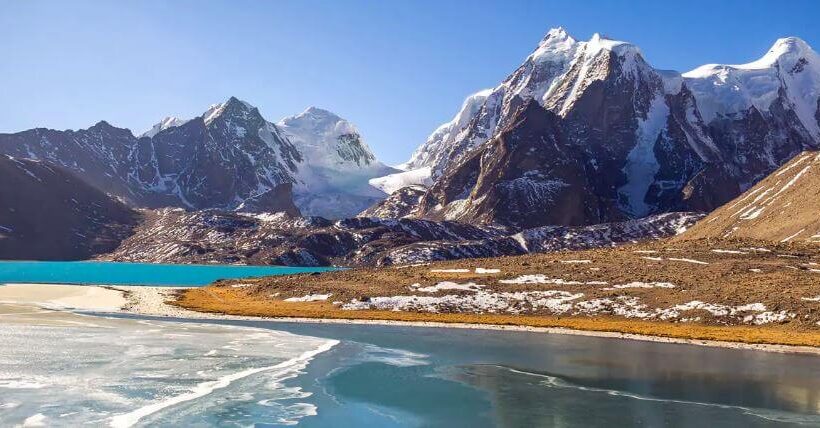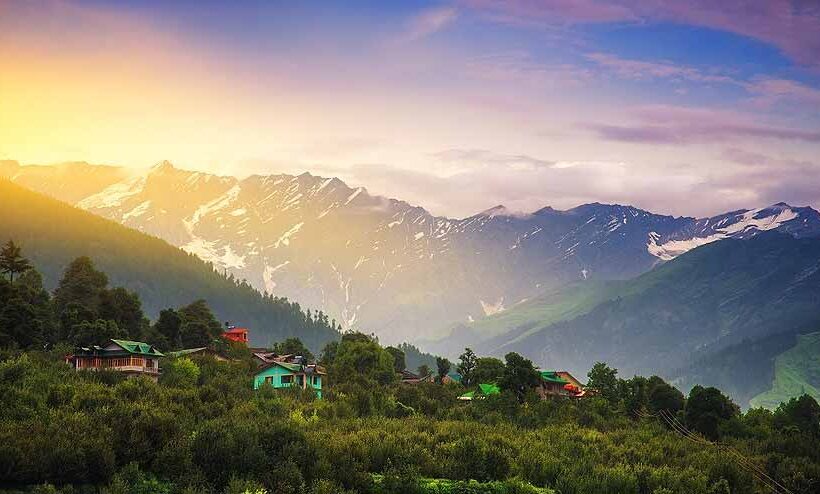Gangtok is the capital of the mountainous northern Indian state of Sikkim. Established as a Buddhist pilgrimage site in the 1840s, the city became capital of an independent monarchy after British rule ended, but joined India in 1975. Today, it remains a Tibetan Buddhist center and a base for hikers organizing permits and transport for treks through Sikkim’s Himalayan mountain ranges.
Pelling is a small town in the northeastern Indian state of Sikkim, at the foothills of Mount Khangchendzonga. The late-17th-century Buddhist Sanga Choling Monastery has mountain views. Pemayangtse Monastery features wall paintings, sculptures and a gold-plated statue of Guru Padsambhava. Overlooking a valley, the 17th-century Rabdentse Palace, now in ruins, still has evidence of the king’s bedroom and kitchen.
Lachung is a mountain village close to the Tibetan border, in the northeastern Indian state of Sikkim. It's divided by the Lachung River. The village is home to the 19th-century Buddhist Lachung Monastery, surrounded by apple orchards. Nearby, the Yumthang Valley's Shingba Rhododendron Sanctuary protects many species of rhododendron. The valley is also known for its waterfalls, pine forests and hot springs.
Darjeeling is a town in India's West Bengal state, in the Himalayan foothills. Once a summer resort for the British Raj elite, it remains the terminus of the narrow-gauge Darjeeling Himalayan Railway, or “Toy Train,” completed in 1881. It's famed for the distinctive black tea grown on plantations that dot its surrounding slopes. Its backdrop is Mt. Kanchenjunga, among the world’s highest peaks.


